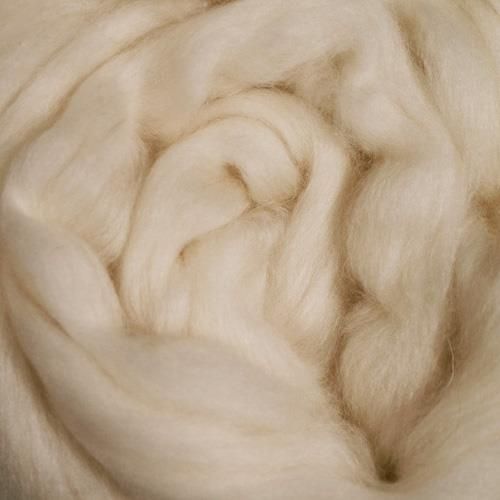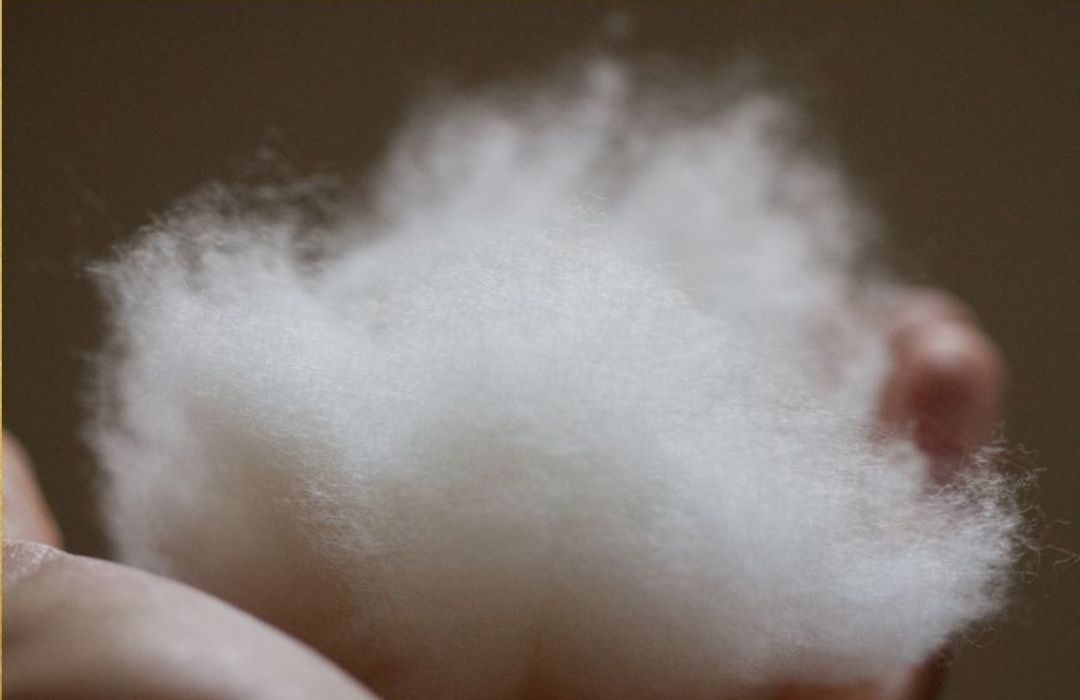Recognizing the Different Sorts Of Cashmere a Natural Fiber and Their Special Benefits

The Origins of Cashmere: A Historical Summary
While the glamorous touch of cashmere continues to beauty modern-day consumers, its beginnings trace back to the severe, chilly environments of Mongolia and the Himalayas. For centuries, the native peoples of these areas have been elevating Capra Hircus goats, the prime source of cashmere woollen. These goats, resistant against the severe winters, grew a fine undercoat to endure, which later on came to be understood as cashmere.

The Production Refine: From Goat to Garment
Shearing a Capra Hircus goat marks the beginning of the complex cashmere production procedure. The resultant raw cashmere is then cleaned to eliminate pollutants such as grease, vegetable, and dust issue.
The clean fiber goes through dyeing, spinning, and weaving, or knitting, to change it into a textile. Complex procedures such as quality assurance checks and ending up procedures follow, making sure completion item preserves the lavish criterion anticipated of cashmere. This meticulous procedure, from goat to garment, warrants the high price connected to cashmere products, making them a symbol of luxury and refinement.
The Different Kinds Of Cashmere: A Thorough Evaluation

The One-of-a-kind Advantages of Cashmere: Convenience and Sustainability
Relocating from the range of cashmere types to the advantages they offer, comfort and sustainability attract attention prominently. Cashmere, an all-natural fiber, is renowned for its unrivaled gentleness, supplying a degree of comfort that synthetic fibers can't match. The material's lightness, yet excellent heat retention, makes it ideal for all seasons. important source Additionally, cashmere's natural elasticity allows it to return to its original shape, making it resistant to stretching or shrinking.
When it concerns sustainability, cashmere is eco-friendly and renewable, as it's gathered from cashmere goats who regrow their layers annually. what is cashmere. Unlike artificial fibers which can take hundreds of years to decompose, cashmere's effect on the environment is marginal. This mix of comfort and sustainability makes cashmere a beneficial option for mindful customers

Taking Care Of Your Cashmere: Maintenance and Conservation Tips
While cashmere is unquestionably a extravagant and sustainable choice, it calls for certain like keep its high quality and extend its life expectancy. To start, cashmere must be hand washed utilizing cold water and a moderate cleaning agent. Prevent turning or wringing the garment as it can harm the fibers. Instead, carefully eject excess water and lay it flat on a towel to completely dry. In addition, cashmere products need to be kept in a awesome and completely dry area, far from direct sunlight and dampness. Using moth repellents can shield these garments from possible damages. Finally, it's recommended to avoid hanging cashmere to avoid stretching. Rather, layer and store them properly to preserve their shape and high quality with time.
Purchasing Cashmere: Comprehending Its Worth and Well Worth
Although cashmere might at first appear like a pricey financial investment, its this post long-term worth and worth become obvious when you consider its exceptional qualities. Recognized for its unparalleled soft qualities and heat, cashmere is a costs natural fiber that surpasses various other products. Investing in cashmere, therefore, is not simply concerning existing style patterns, however about visit our website accepting a sustainable, durable, and lavish lifestyle.
Final Thought
In summary, the kind of cashmere one chooses, be it Mongolian, Chinese, or Italian, is dictated by private preferences for warmth, high-end, budget plan, and sustainability. Recognizing the beginnings, manufacturing process, and distinct benefits of various kinds of cashmere can direct consumers in their investment in this glamorous natural fiber.
Whether it's the remarkable warmth of Mongolian cashmere, the affordability of Chinese cashmere, or the eco-conscious production of Italian cashmere, there's a tale to be uncovered behind each fiber kind. Cashmere, an all-natural fiber, is renowned for its unequaled gentleness, supplying a degree of comfort that synthetic fibers can't match.When it comes to sustainability, cashmere is naturally degradable and sustainable, as it's harvested from cashmere goats that regrow their layers each year. Understood for its unmatched softness and heat, cashmere is a premium natural fiber that outshines various other products. Comprehending the beginnings, production process, and unique benefits of various kinds of cashmere can lead customers in their investment in this elegant all-natural fiber.
Comments on “What Is Cashmere and Why It’s Known One of the Softest Fabrics in the World”